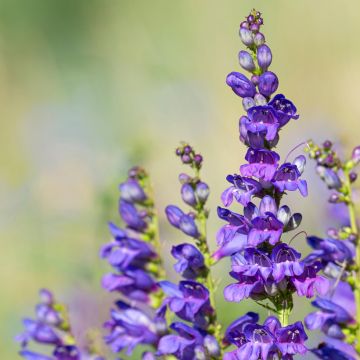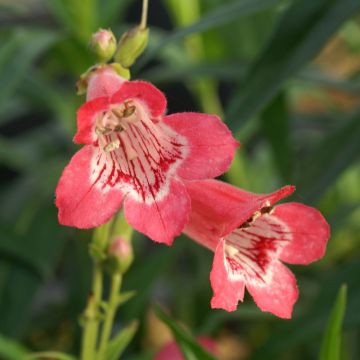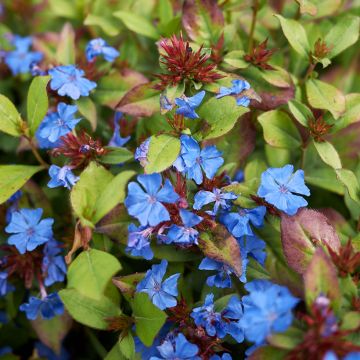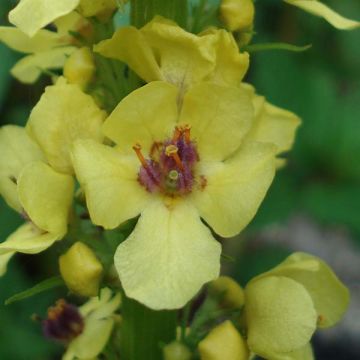

Penstemon barbatus Coccineus - Beardtongue
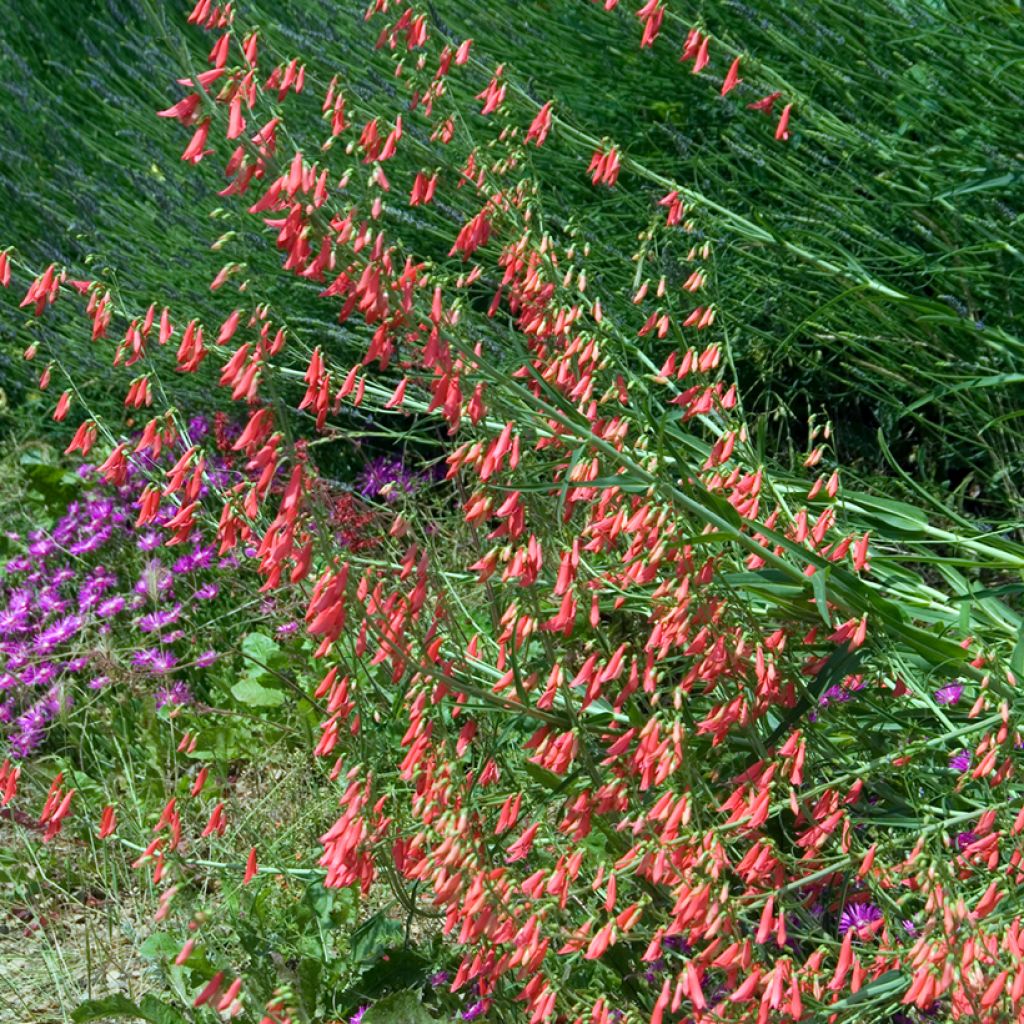

Penstemon barbatus Coccineus - Beardtongue
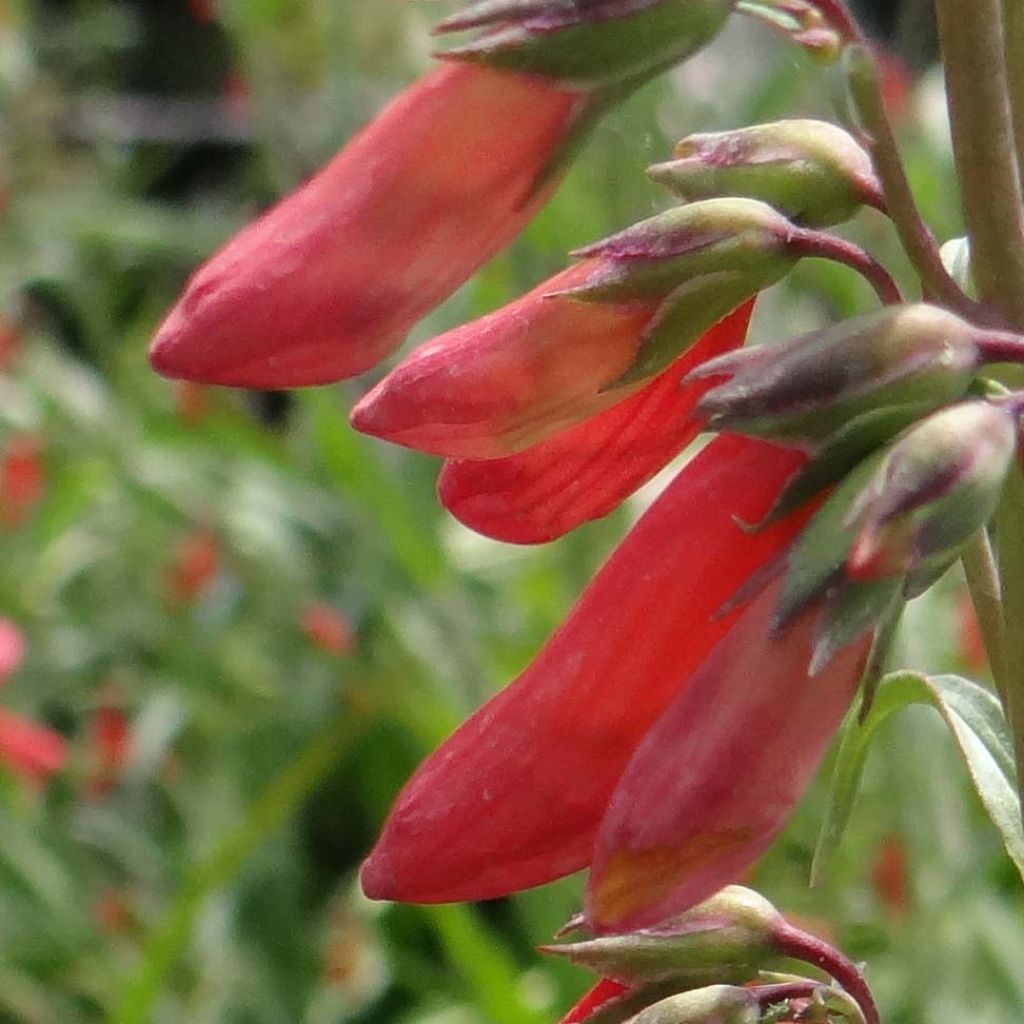

Penstemon barbatus Coccineus - Beardtongue


Penstemon barbatus Coccineus - Beardtongue
Penstemon barbatus Coccineus - Beardtongue
Penstemon barbatus Coccineus
Beardlip Penstemon, Scarlet Bugler, Beardtongue
Very small foot; I hope it will recover...
Didier, 30/04/2023
Special offer!
Receive a €20 voucher for any order over €90 (excluding delivery costs, credit notes, and plastic-free options)!
1- Add your favorite plants to your cart.
2- Once you have reached €90, confirm your order (you can even choose the delivery date!).
3- As soon as your order is shipped, you will receive an email containing your voucher code, valid for 3 months (90 days).
Your voucher is unique and can only be used once, for any order with a minimum value of €20, excluding delivery costs.
Can be combined with other current offers, non-divisible and non-refundable.
Home or relay delivery (depending on size and destination)
Schedule delivery date,
and select date in basket
This plant carries a 12 months recovery warranty
More information
We guarantee the quality of our plants for a full growing cycle, and will replace at our expense any plant that fails to recover under normal climatic and planting conditions.
Would this plant suit my garden?
Set up your Plantfit profile →
Description
Penstemon barbatus 'Coccineus' is an elegant, tall and light plant, superb in country flowerbeds. It is also one of the easiest penstemons to grow in well-drained soil. The plant reveals itself in summer, offering a beautiful combination of colours and textures between fine cherry-red bells and a green-blue willow foliage. Its association with grasses is perfect, and it brings to the garden one of the rare notes of red that do not assault the eyes.
Penstemon barbatus is a short-lived bushy herbaceous perennial belonging to the Plantaginaceae family. This botanical species is native to the mountains of the western United States, up to 4000m (13123ft) altitude, in Utah, Nevada, Arizona, Colorado, and Texas. The form or subspecies 'Coccineus', from which it originates, has kept all the characteristics of this very resistant plant. It forms a semi-evergreen basal clump, consisting of fine, linear, green-blue foliage, from which emerge flowering stems reaching 1m (3ft) in height from July to September. The tubular bell-shaped flowers, 4 to 5cm (2in) long, are individually distributed along the stem. They display a luminous shade, both soft and vivid, intermediate between red and pink. A multitude of seeds are dispersed after flowering. This plant has a deep root system, which sometimes makes transplantation difficult, but allows it to find some coolness in depth.
Penstemon barbatus 'Coccineus' is little used in gardens. This is probably because it sometimes struggles to take root when planted in spring. It should be planted in autumn in well-drained flower beds, in the company of shrubby salvias, baptisias, and grasses such as Stipa pulcherrima, Eragrostis or Muhlenbergia capillaris. It will then have time to deeply root and will pass the summer without damage. 'Coccineus' is both gentle and cheerful, with a wild charm, which will keep company with annual poppies, small blue stars of asters and damask nigellas. It is also a very beautiful flower for bouquets.
Penstemon barbatus Coccineus - Beardtongue in pictures






Flowering
Foliage
Plant habit
Botanical data
Penstemon
barbatus
Coccineus
Scrophulariaceae (Plantaginaceae)
Beardlip Penstemon, Scarlet Bugler, Beardtongue
North America
Other Penstemon
View all →Planting and care
It is a plant of mountainous but temperate climates. It fears excessively arid situations and scorching summers, as well as long, wet and cold winters. It is hardy down to -15°C (5°F) for short durations in well-drained soil. Its flowering will be more beautiful in the sun and in slightly moist but well-drained soil. In heavy soil, it is useful to mix coarse river sand or gravel with the planting soil and loosen the soil to a depth of 50cm (20in).
It requires very well-drained soil, especially in winter. In excessively wet soils, they rot quickly. In overly rich soils, they do not live long. In cool climates, place the plants in a warm and sunny location, sheltered from cold winds (south or west exposure). In hot climates, choose a cooler and semi-shaded exposure. In very cold and humid regions, it is prudent to take stem cuttings in autumn. It does not suffer from specific diseases. This plant requires only minimal maintenance, but when you remove faded flowers in autumn, make sure to slightly shorten the deflowered stems without cutting them back to the ground, especially in regions with wet winters. The foliage plays an important role in humidity regulation. Wait until spring is well established (March-April) to shorten branches whose foliage has been damaged by the cold. If summer is dry, water regularly to support flowering. In the coldest regions, cover the stump with glass or a frame to protect it. Divide your penstemons every three or four years to rejuvenate them, but wait for spring to perform this operation.
Planting period
Intended location
Care
Planting & care advice
-
, onOrder confirmed
Reply from on Promesse de fleurs
Similar products
Haven't found what you were looking for?
Hardiness is the lowest winter temperature a plant can endure without suffering serious damage or even dying. However, hardiness is affected by location (a sheltered area, such as a patio), protection (winter cover) and soil type (hardiness is improved by well-drained soil).

Photo Sharing Terms & Conditions
In order to encourage gardeners to interact and share their experiences, Promesse de fleurs offers various media enabling content to be uploaded onto its Site - in particular via the ‘Photo sharing’ module.
The User agrees to refrain from:
- Posting any content that is illegal, prejudicial, insulting, racist, inciteful to hatred, revisionist, contrary to public decency, that infringes on privacy or on the privacy rights of third parties, in particular the publicity rights of persons and goods, intellectual property rights, or the right to privacy.
- Submitting content on behalf of a third party;
- Impersonate the identity of a third party and/or publish any personal information about a third party;
In general, the User undertakes to refrain from any unethical behaviour.
All Content (in particular text, comments, files, images, photos, videos, creative works, etc.), which may be subject to property or intellectual property rights, image or other private rights, shall remain the property of the User, subject to the limited rights granted by the terms of the licence granted by Promesse de fleurs as stated below. Users are at liberty to publish or not to publish such Content on the Site, notably via the ‘Photo Sharing’ facility, and accept that this Content shall be made public and freely accessible, notably on the Internet.
Users further acknowledge, undertake to have ,and guarantee that they hold all necessary rights and permissions to publish such material on the Site, in particular with regard to the legislation in force pertaining to any privacy, property, intellectual property, image, or contractual rights, or rights of any other nature. By publishing such Content on the Site, Users acknowledge accepting full liability as publishers of the Content within the meaning of the law, and grant Promesse de fleurs, free of charge, an inclusive, worldwide licence for the said Content for the entire duration of its publication, including all reproduction, representation, up/downloading, displaying, performing, transmission, and storage rights.
Users also grant permission for their name to be linked to the Content and accept that this link may not always be made available.
By engaging in posting material, Users consent to their Content becoming automatically accessible on the Internet, in particular on other sites and/or blogs and/or web pages of the Promesse de fleurs site, including in particular social pages and the Promesse de fleurs catalogue.
Users may secure the removal of entrusted content free of charge by issuing a simple request via our contact form.
The flowering period indicated on our website applies to countries and regions located in USDA zone 8 (France, the United Kingdom, Ireland, the Netherlands, etc.)
It will vary according to where you live:
- In zones 9 to 10 (Italy, Spain, Greece, etc.), flowering will occur about 2 to 4 weeks earlier.
- In zones 6 to 7 (Germany, Poland, Slovenia, and lower mountainous regions), flowering will be delayed by 2 to 3 weeks.
- In zone 5 (Central Europe, Scandinavia), blooming will be delayed by 3 to 5 weeks.
In temperate climates, pruning of spring-flowering shrubs (forsythia, spireas, etc.) should be done just after flowering.
Pruning of summer-flowering shrubs (Indian Lilac, Perovskia, etc.) can be done in winter or spring.
In cold regions as well as with frost-sensitive plants, avoid pruning too early when severe frosts may still occur.
The planting period indicated on our website applies to countries and regions located in USDA zone 8 (France, United Kingdom, Ireland, Netherlands).
It will vary according to where you live:
- In Mediterranean zones (Marseille, Madrid, Milan, etc.), autumn and winter are the best planting periods.
- In continental zones (Strasbourg, Munich, Vienna, etc.), delay planting by 2 to 3 weeks in spring and bring it forward by 2 to 4 weeks in autumn.
- In mountainous regions (the Alps, Pyrenees, Carpathians, etc.), it is best to plant in late spring (May-June) or late summer (August-September).
The harvesting period indicated on our website applies to countries and regions in USDA zone 8 (France, England, Ireland, the Netherlands).
In colder areas (Scandinavia, Poland, Austria...) fruit and vegetable harvests are likely to be delayed by 3-4 weeks.
In warmer areas (Italy, Spain, Greece, etc.), harvesting will probably take place earlier, depending on weather conditions.
The sowing periods indicated on our website apply to countries and regions within USDA Zone 8 (France, UK, Ireland, Netherlands).
In colder areas (Scandinavia, Poland, Austria...), delay any outdoor sowing by 3-4 weeks, or sow under glass.
In warmer climes (Italy, Spain, Greece, etc.), bring outdoor sowing forward by a few weeks.




































